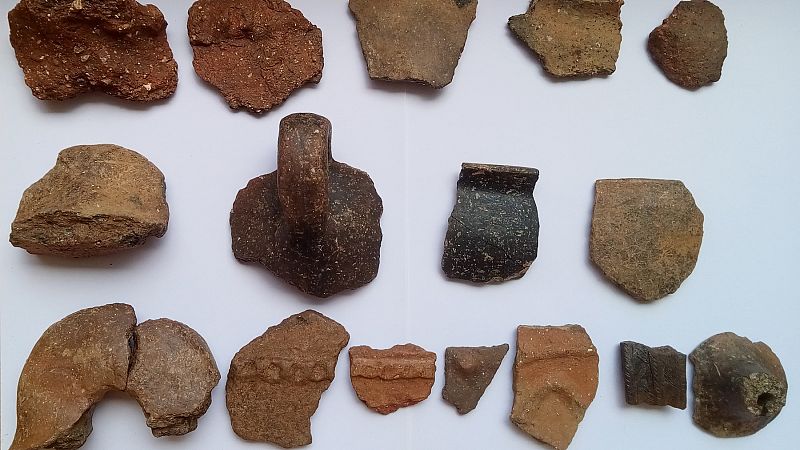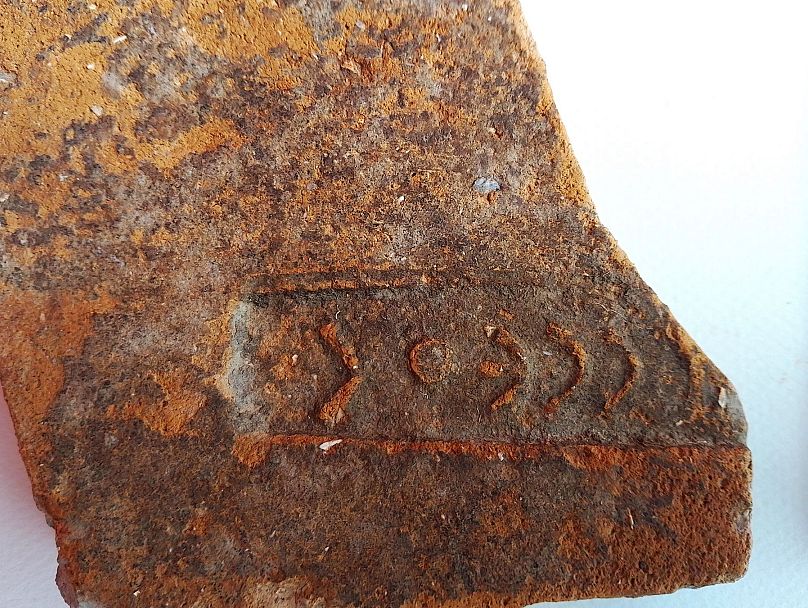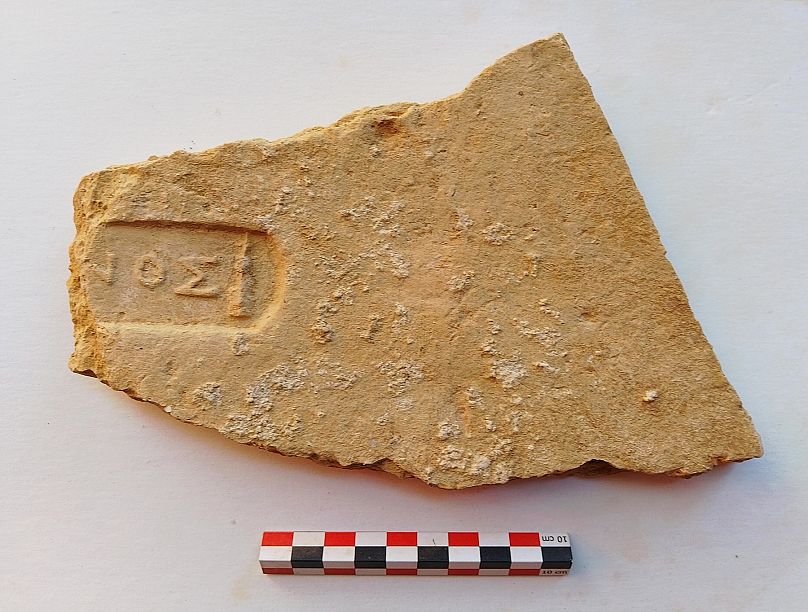
New important data on the historical and cultural evolution of Ithaca has emerged from the University of Ioannina research at the archaeological site known as Homer's School since the start of the 19th century.
Located in the northern part of the island, Agios Athanasios, has as its core a large rock formation at the foot of the village of Exogi, in a green area full of water springs.
The excavated antiquities are located on two mounds, which are connected by two carved staircases. The remnant of a Hellenistic tower (3rd century BC) dominates Ano Andiros, while most of Kato Andiros is occupied by a large rectangular building.
The earliest evidence of human activity at the site now dates back to the Final Neolithic phase (late 5th/4th millennium BC). They include, among other things, several dozens of flint artefacts and a few hundred fragments of pottery. As far as the Bronze Age evidence is concerned, a few dozen fragments from around 30 different vases from the late 14th and 13th centuries BC have been identified so far.

Of great interest is the intact underground fountain/tank on the site, with eccentric boulder walls, one of the few known of its kind. Based on its shape, its structural features and the discovery of Late Mycenaean cylinder fragments inside it, its dating to the Mycenaean paleolithic phase seems highly probable, as previous researchers have argued.
The Mycenaean settlement at Homer's School probably functioned to supervise the ports and lands and to protect and manage the rich water resources of the area.
As far as the historical periods are concerned, the maximum volume of ceramic material dates back to the Hellenistic and early Roman period (up to the 1st/2nd century AD). Among the total number of sherds of large vessels, 8 fragments of perianths common in sanctuaries have been identified so far.
In addition to a number of small objects, the groups of finds include: a total of 34, so far, fragments of clay votive offerings, a few dozen clay agnitha, a small hoard of gold jewellery and other, mainly bronze, jewellery and objects. More than 100 coins of various cities (3rd century BC to 2nd century AD) reveal a flow of visitors to the site.
From the ongoing work of sorting and cleaning (where appropriate) thousands of fragments of Hellenistic/Early Roman roof tiles, 14 examples of sealed tiles with Greek and Latin inscriptions have been identified.

Recent processing of the material has yielded a sample which preserves a seal of major importance, with the name [OD]YCCEOC (in the general) to the left. Another fragment shows an incised dedicatory inscription, with the name probably in the dative, perhaps of a pilgrim: ODYC[CEI
Regarding interpretation of the complex, the findings of W. Vollgraff's excavation (of 1904) at Upper Andros were taken into account. Of these, some are from the late Roman period, among them a miniature bronze bust with the features of Odysseus, according to the attribution of his figure in Greco-Roman art, but also in the bronze coins of Ithaca of the 4th-3rd century BC.
The flourishing function of the building complex is placed in the Hellenistic to early/medium Roman times (up to the 1st/2nd century AD). The ensemble is characterised by robust structures on dandera, incorporating impressive elements of carved architecture, as well as niches for votive offerings or inscriptions, which testify to the intensive cult use of Kato Andiros.
Odysseus unbound
The Hellenistic monumental complex can now be linked with certainty with the Odyssey of Ithaca, and with the existence of a sanctuary/hero of Odysseus, which is mentioned, together with related games, in a resolution of about 207 BC from Magnesia in Asia Minor.
The character of Odysseus and his exact position in relation to the games have been the subject of fruitful scholarly debate since the 1930s.
Now, about a century after the discovery of the engraved dedicatory inscription EYCHIN ODYCCEI on a fragment of a Late Hellenistic clay mask from the Cave of the Bay of Polis, two new inscriptional testimonies have been found from of the same period (ODYCCEOC and ODYCCEI).
The evidence, along with other available data, suggests the development of a prominent public complex at the site that played a major role in the religious, social and possibly political life of the Ithacans of Hellenistic-early Roman times, but also with a wider pilgrimage character.


The Municipality of Ithaca
"The Municipal Authority, in cooperation with the Ministry of Culture, the Ephorate of Antiquities of Kefalonia-Ithaca and the University of Ioannina will make every possible effort to protect and promote the findings, with respect to our cultural heritage", says the announcement of the municipality.
"At the same time, the organization of scientific and informative events is planned, in order to give citizens and visitors the opportunity to be informed about the importance of these discoveries.
Ithaca continues to inspire and surprise us. Its land speaks and reminds us of the priceless value of our history and tradition", the statement concludes.







